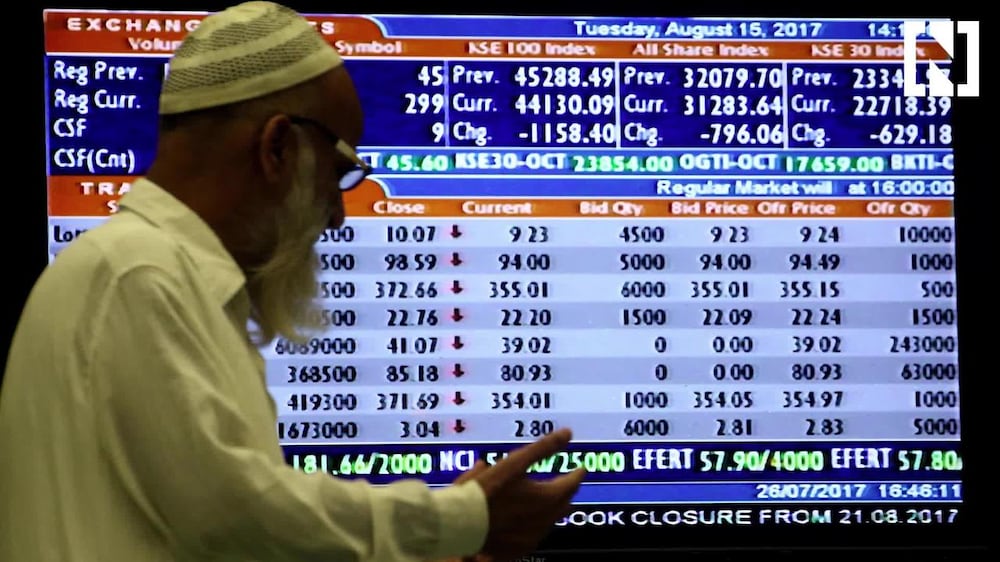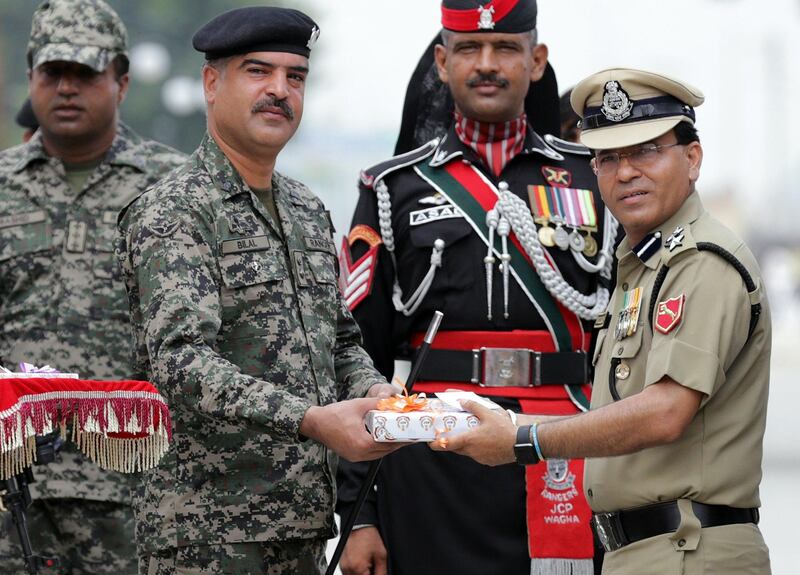India and Pakistan ran into the 70th birthday blues this week, which is to say a milestone that has none of the excitement or life-changing portentous of a 21st, 50th, 75th or a 100th anniversary. In fact, for a 70th birthday to be significant at all, it should have been achieved in the Mark Twain way, “by sticking strictly to a scheme of life which would kill anybody else”.
This, both India and Pakistan have done, in fits and starts.
In the early years of its life as a brand new country, Pakistan, more than India, could be said to have lived perilously. It had periods of martial law, hanged its first democratically elected prime minister and lost a part of its territory to the Bangladeshi war of liberation. Until Benzair Bhutto's widower, Asif Ali Zardari, completed five years as president in 2013, Pakistan never had an elected head of state who served a full term.
_______________
Read more:
[ Pakistan marks 70 years of independence with gun salutes and festivities ]
[ India will fight foreign threats, Modi vows ]
[ Pakistan marks 70 years of independence - in pictures ]
_______________
As for India, despite one short-lived suspension of the democratic process in the 1970s, the most testing phase of its life as an independent country arguably began in its middle-age. The secular foundations of the Indian state were challenged by the 1992 razing of the medieval Babri Mosque. When riots and communal violence broke out nationwide, it briefly seemed that India would try and complete a constitutional religious affirmation parallel to that of Pakistan.
But it did not. Instead, the Hindu nationalist Bharatiya Janata Party continued to chip away at the secular conventions of Indian democratic statehood. Past the dizzying euphoria of youthful hopes and high expectations, India has grimly gone through its 50th and 60th decades defiantly projecting majoritarianism in thought and deed, but with secularism as the official creed. Its current churning is seen to stem from a hard, unapologetic quest for Hindu cultural dominance and it remains unclear if the culture war will allow the original idea of India to survive.
Reflections on the 70th birthdays of India and Pakistan

By that token, 70 could be described as a profoundly significant birthday for both countries. Pakistan appears stable even though it is fighting a dangerous militancy and just managed yet another contortion of democratic process by legally removing an elected prime minister from office. And India continues to extol its vibrant democracy despite the lurch in a direction predicted by Pakistan's founder Mohammad Ali Jinnah. An undivided independent India, Jinnah believed, would be a Hindu country, with Muslims as second-class citizens. That hasn't been concretised so far.
_______________
More on Pakistan and India:
[ Pakistan: 70 years after Partition ]
[ India: 70 years of independence ]
[ Scientists warn climate change is leading to deaths on massive scale in India ]
_______________
But these are not the only metrics that define India and Pakistan at 70. In their first 50 years, they took very different economic paths – India headed down the managed socialist route, while Pakistan did not – and it was anyone's guess if Delhi or Islamabad would be more successful. The Indian economy is now nearly eight times that of Pakistan. Yet both remain very populous and intensely poor countries. GDP per head is at around 10 per cent of US levels in both India and Pakistan. And the population of both has ballooned since independence - India is three-and-a-half times larger, Pakistan more than five times. Life expectancy has risen in both countries, from 32 years at independence to at least twice as much. Literacy levels have improved enormously too, as has the embrace of higher education. In the past decade, the proportion of student enrollment has nearly tripled in Pakistan and doubled in India.
Rivalry between both countries’ has also grown more stubbornly resistant to reconciliation efforts in the decades since independence. Both spend more on defence than before and both have acquired a nuclear capability. People-to-people contact and bilateral trade suffer the consequences of the entrenched hostility. Formal bilateral trade stood at just US$2.2 billion (Dh8.1 billion) last year, less than half the informal buying and selling between them.
_______________
More on Pakistan and India from Opinion:
[ Three years on, the mood in Modi’s India is less euphoria, more hysteria ]
_______________
There is a certain logic in this portrait of two ageing entities born a few hours apart, with shared genes, a common back story and similar hopes for the future. They have largely followed their instincts. In Salman Rushdie's 1981 Booker Prize-winning novel, Midnight's Children, India at birth is described as the new myth; a collective fiction in which anything was possible, a fable rivalled only by the two other mighty fantasies: money and God. And for infant Pakistan, Rushdie wrote, "religion was the glue, holding the halves together; just as consciousness, the awareness of oneself as a homogenous entity in time, a blend of past and present, is the glue of personality, holding together our then and our now."
In some ways, very little has changed in the fundamentals of that magical realist idea of the birth and formation of these two countries. In deeper ways, though, a transformation may be underway. It is as Rushdie later wrote in Midnight's Children: "This is not what I had planned; but perhaps the story you finish is never the one you begin."





